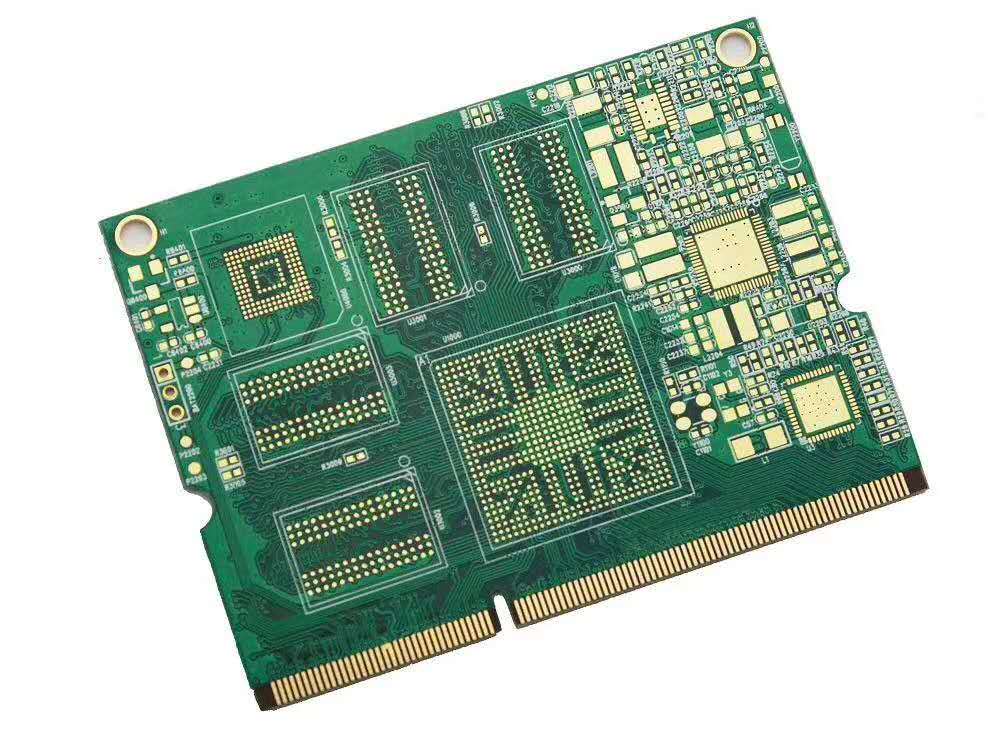How to design the PCB layer for the best EMC effect?
Time:2021-12-21
Views:444
In the EMC design consideration of the PCB, the first thing involved is the layer setting; the number of layers of the single board is composed of the number of power, ground and signal layers; in the EMC design of the product, in addition to the selection of components and circuit design In addition, good PCB design is also a very important factor.
The key to PCB EMC design is to minimize the reflow area and let the reflow path flow in the direction we designed. The layer design is the basis of the PCB. How to do a good job in the PCB layer design to make the PCB‘s EMC effect optimal?
PCB layer design ideas
The core of PCB stack EMC planning and design thinking is to plan the signal return path reasonably, and minimize the signal return area from the mirror layer of the single board, so that the magnetic flux can be cancelled or minimized.
Veneer mirror layer
The mirror image layer is a complete copper-clad plane layer (power layer, ground layer) inside the PCB adjacent to the signal layer. The main functions are as follows:
(1) Reduce the return noise: The mirror layer can provide a low impedance path for the signal layer to return, especially when there is a large current flowing in the power distribution system, the role of the mirror layer is more obvious.
(2) Reduce EMI: The presence of the mirror layer reduces the area of the closed loop formed by the signal and reflow, and reduces EMI;
(3) Reduce crosstalk: help control the crosstalk problem between signal traces in high-speed digital circuits. By changing the height of the signal line from the mirror layer, the crosstalk between the signal lines can be controlled. The smaller the height, the smaller the crosstalk;
(4) Impedance control to prevent signal reflection.
 E-mail:
E-mail: 







